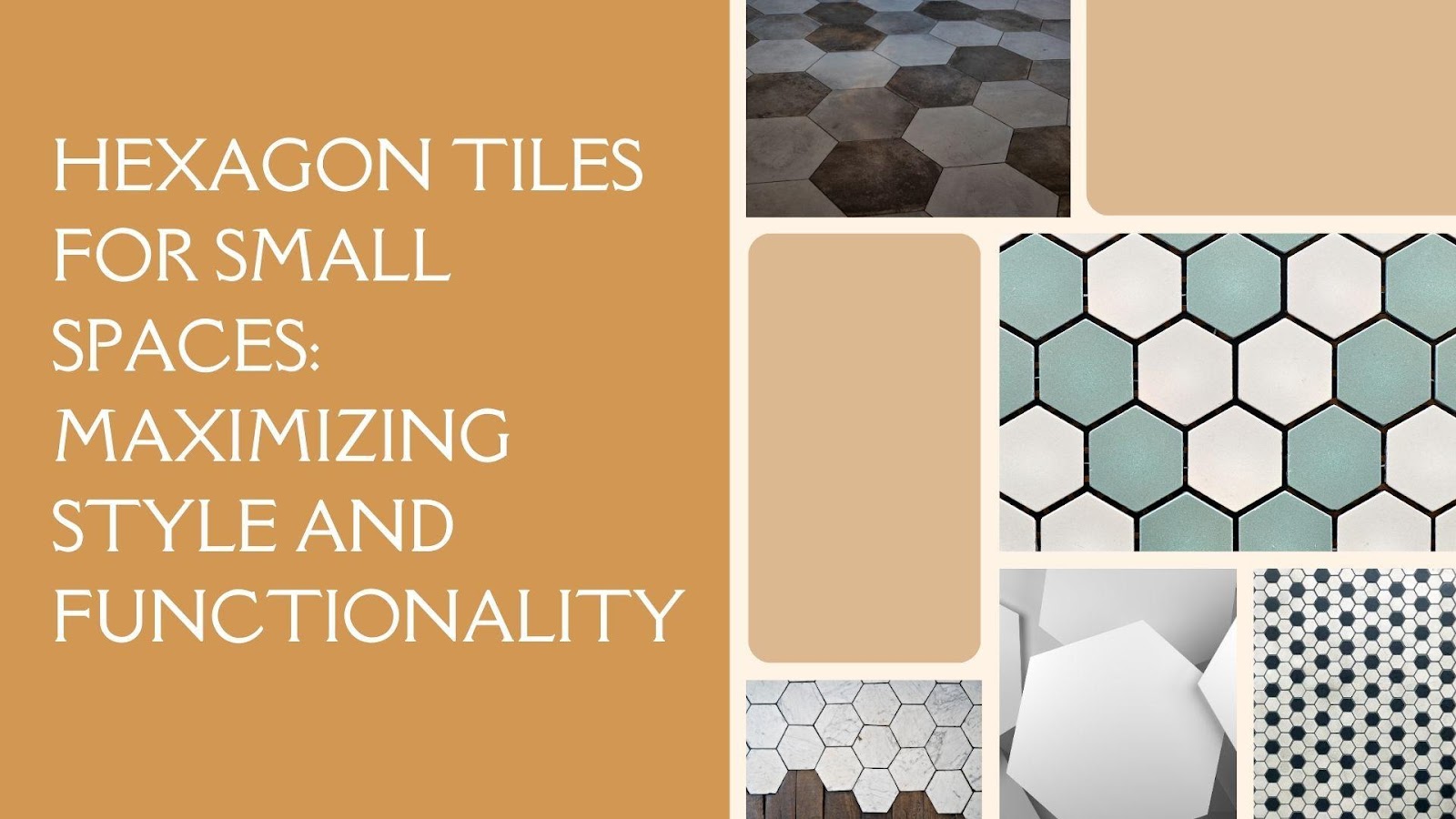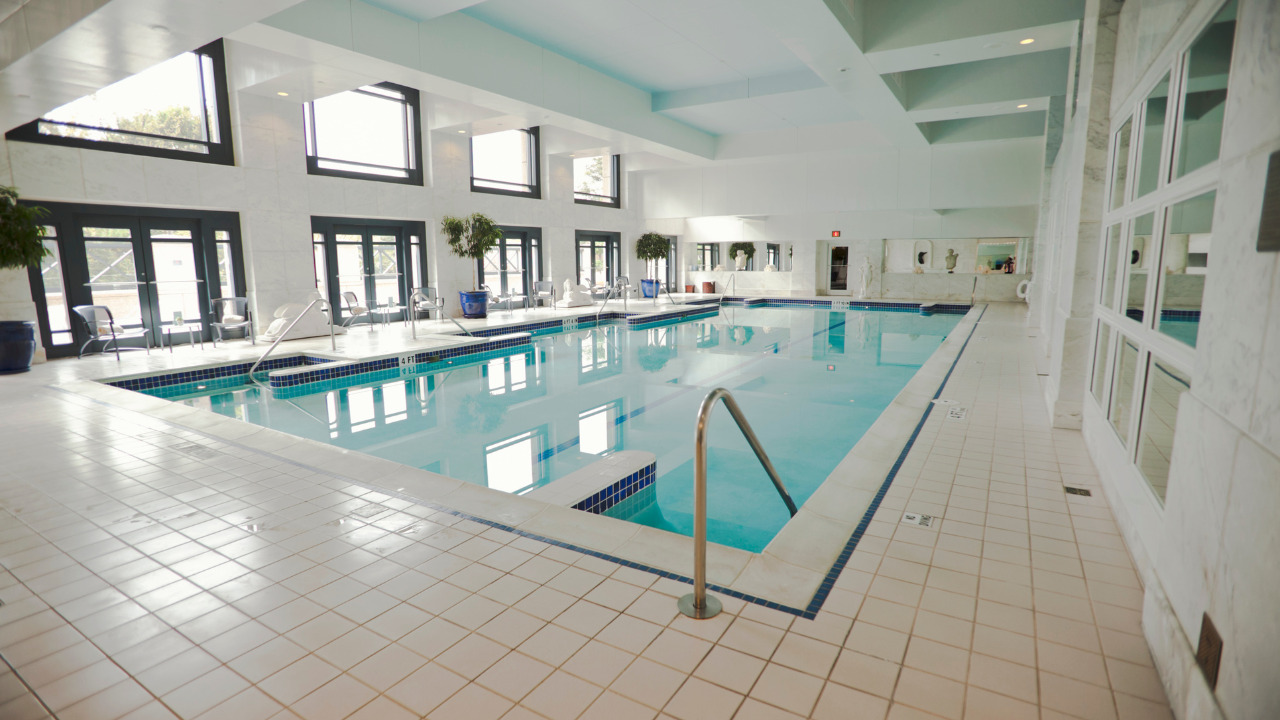Have you ever noticed that your home or apartment has a musty odor? Perhaps you’ve peeled out a broken tile in your kitchen or bathroom to find dark stains underneath? These are apparent indications of mold and should be addressed right once to promote a healthier living environment.
However, the topic we must address today is whether or not mold beneath the flooring is genuinely dangerous. To avoid mold growth, remove any water from beneath ceramic tile.
Mold can form in water that has seeped beneath ceramic tiles due to a leak. Mold can become quite harmful if left to develop unchecked, as mold spores can cause respiratory difficulties. This post will cover how to detect mold beneath the bathroom floor, how to cure it, and how to prevent it from returning.
We also go through the health dangers and ramifications of not treating and eradicating mold in your house as soon as feasible.
Table of Contents
Reasons For Black Mold Under The Tiles
Your bathroom or kitchen tile flooring is frequently exposed to moisture, the subfloor is usually wood, and the tile provides shade and warmer temps—the ideal conditions for mold to thrive.
Bathroom mold is most typically found in homes with tile floors. You use your shower or bathtub daily, wet towels are left lying around, and a leaky pipe is always a risk.
All of these variables contribute to moisture seeping under your tiles and remaining there. Mold spores will infiltrate and proliferate quickly if there is wetness under your tiles. One of the most common causes of moisture settling in your flooring is steam from a running shower.
If your bathroom isn’t adequately ventilated while you’re showering or bathing, the hot air and steam have nowhere to go but into the things in the room. The same holds for your kitchen or any other tiled room in your house. Mold can grow in your home if it is exposed to moisture uncontrollably.
How To Detect The Mold Under Tiles?
You might be asking how to know if you have mold when you suspect it. Mold under your hardwood floor, or tile can cause a musty odor to spread throughout your home. This is because the mold produces fumes rather unpleasant to smell. Several homeowners described this odor as earthy, filthy socks, decaying wood, or beefy.
Inspect For Water Stains
It’s a dead giveaway that you have mold under them. Mildew is formed by liquids that sit for too long before being cleaned, resulting in a spongy texture on your floors as you walk over them.
The most obvious way to tell whether you have mold developing beneath your flooring is to carefully peel up the hardwood planks or tile that you feel are infected. You can pull the planks yourself or hire a local cleaner to come out and inspect them for you.
Steps To Clean The Black Mold yourself
The size of the infestation, whether or not your flooring is affected, and whether or not the mold is toxic and poses a health risk will all influence how you manage mold under your bathroom tiles.
If you only have a little spot of mold growing beneath your tiles, you may be able to cure and remove it yourself. When it comes to destroying and eliminating mold spores, a simple DIY solution of bleach and water usually works well.
1) Safety Is The First Consideration
The first thing you should do is remove your clean shoes from the space you’ll be cleaning. While moving furniture and walking in and out of the infested room or area, having clean garments prevents mold particles from adhering to your boots. Make sure you have a second set of clothes to secure your home better.
2) Move Out All Furniture
The next step is to eliminate any items that have come into contact with the mold. Rugs, toss pillows, and possibly some tiny side tables or cupboards are examples of such items. You should immediately remove these objects from your resilience by sealing them in rubbish bags in any way you can.
Items that can be easily replaced should be thrown away unless they are extremely valuable to you. Other items, such as clothes and rugs, should be left out in the sun until you’ve finished cleaning your home.
3) Remove The Flooring Or Tiles
Begin preparing to remedy the afflicted area by gently removing the wall trimming and, depending on the kind of flooring, removing the flooring as gently as possible.
For various reasons, it is recommended that the entire room’s floor be removed. If you’re convinced that the afflicted area isn’t too large, you can choose to remove that tiny section of flooring together with another flooring.
4) Clean The Mold
It’s now time to begin the mould removal procedure. In a big bucket, combine 1 cup of borax with 1 gallon of water. You can put this solution in spray bottles for small areas or use it straight from the bucket for a larger area. Swab the diseased area with a brush or broom dipped in the solution.
Scrub the mold with the brush or broom again before applying another layer of the fresh borax solution and leaving it to sit for another 15 minutes before cleaning it again.
The borax should have killed the mold by now, and the scrubbing should have removed it from the subflooring. Do the same thing with any diseased hardwood boards or tiles.
5) Replace The Flooring
Replacing the flooring and trim with new or clean pieces, treating the items you removed earlier in the borax solution using the same techniques as before and rewashing any clothes after the drying process to eliminate the excess borax. Before reintroducing it into your home, allow it to completely dry.
Conclusion
Mold can be dangerous in the appropriate circumstances, such as for people who are allergic to it or have a compromised immune system.
Mold can produce minor headaches or respiratory problems, addressed as quickly as possible. You may rest assured that mold will not return to the affected area if you hire a professional or do it yourself.





